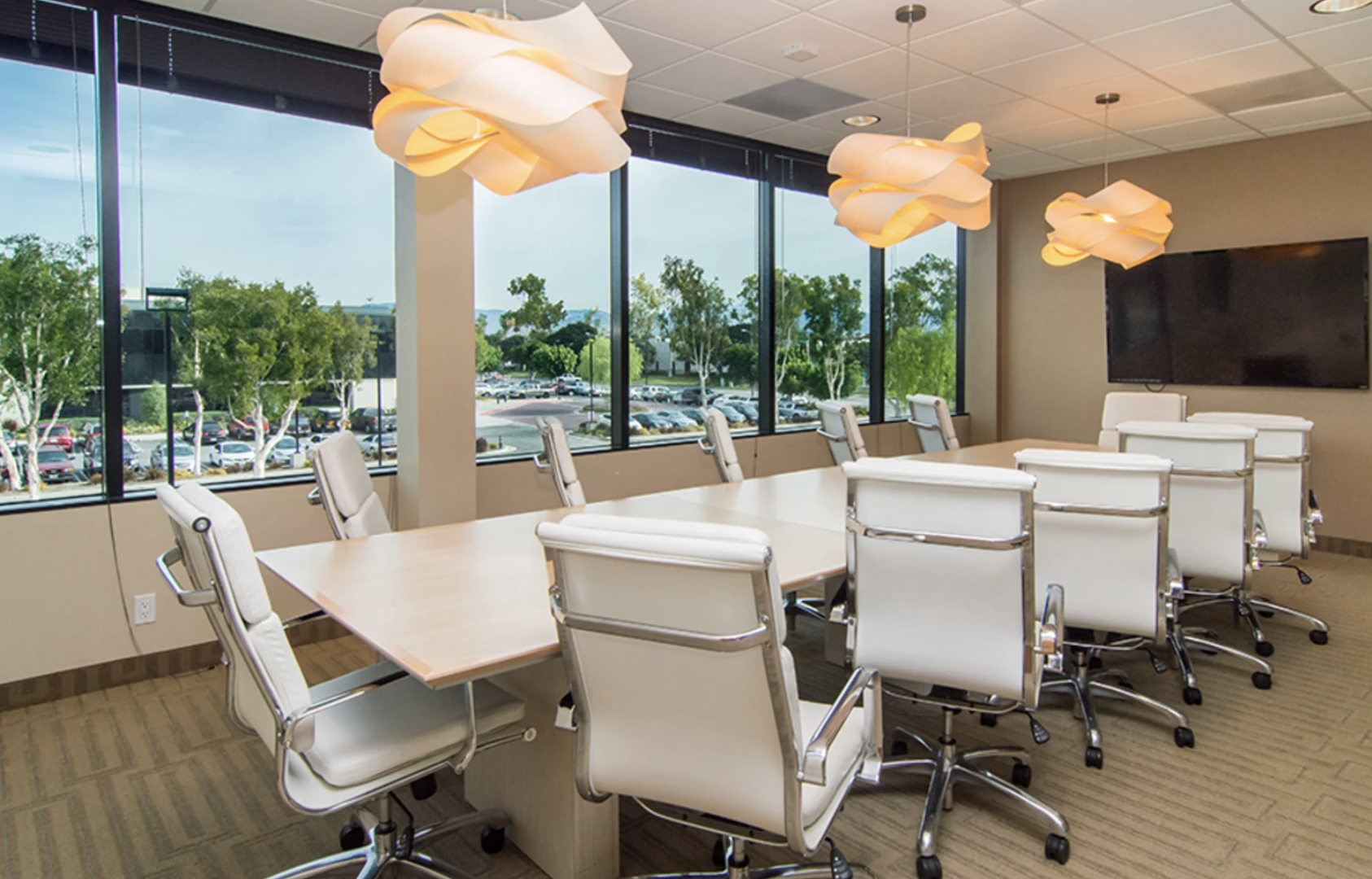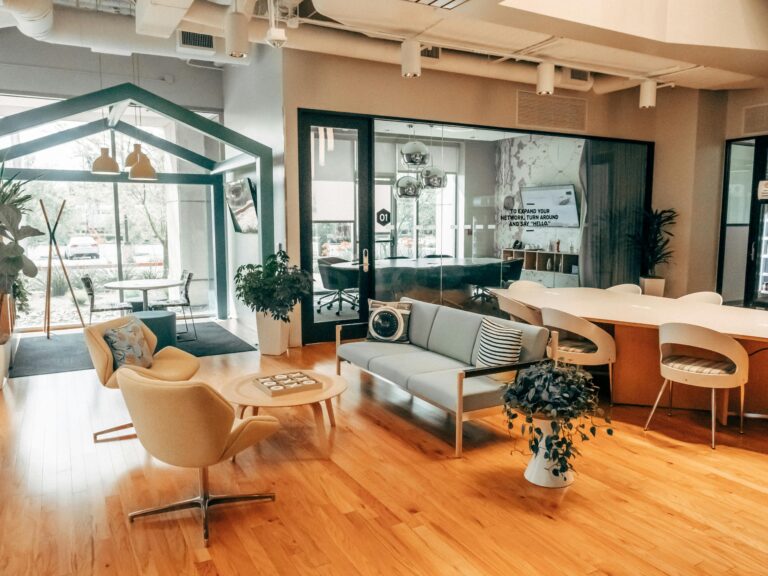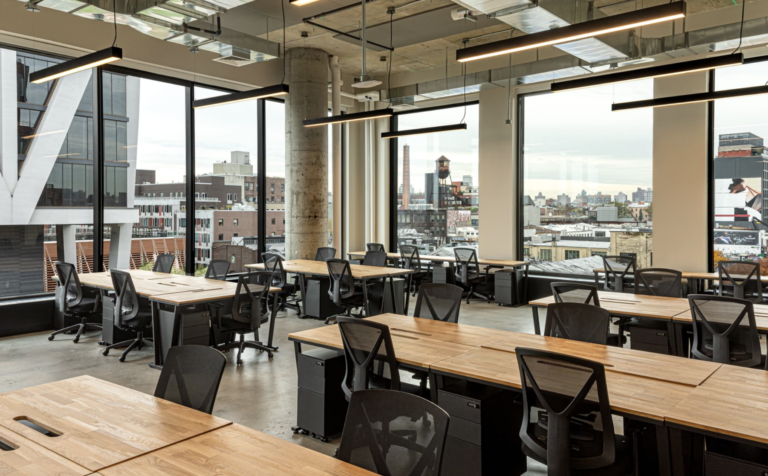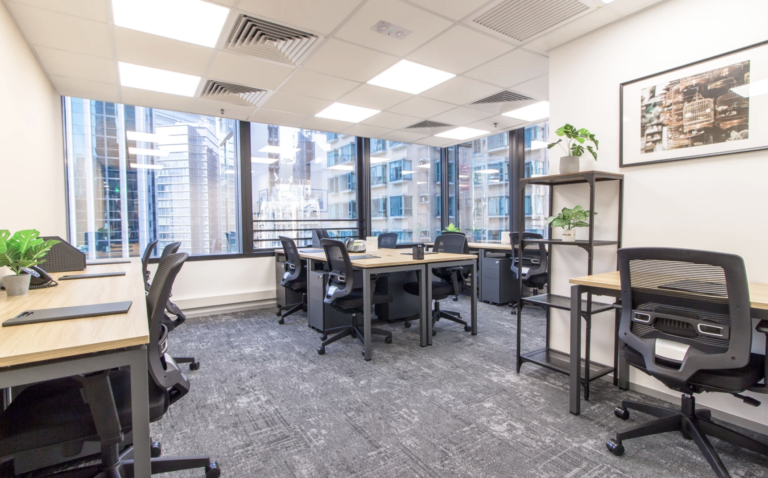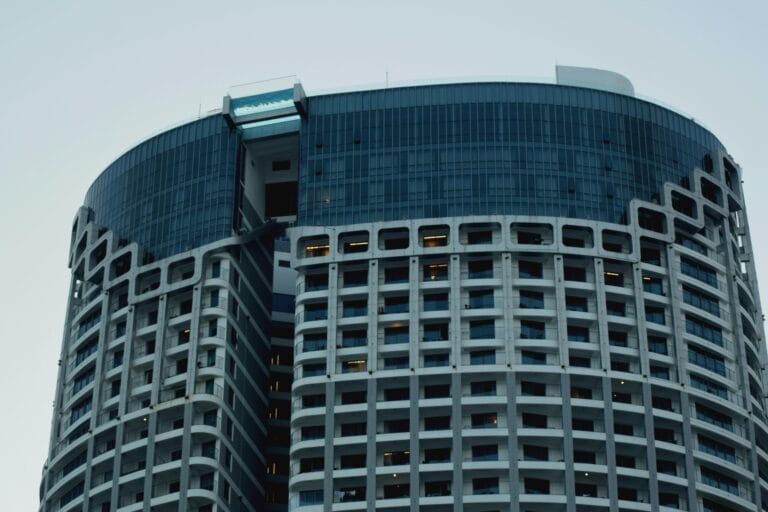Sustainable Real Estate: Why Demand for ‘Green’ Offices Is Soaring
Figure: A modern Singapore office space with abundant natural light and greenery, reflecting the shift towards sustainable workplace design.
Singapore is emerging as a leader in green office spaces, with nearly 79% of its Grade A offices now green-certified. This high adoption reflects an unprecedented demand for “green” offices in the Lion City’s commercial real estate market. Companies are racing to secure sustainable, eco-friendly workplaces that align with their corporate values and goals. These green buildings – which prioritize energy efficiency and environmental design – often outperform traditional offices in occupancy rates, while offering tenants long-term cost savings and healthier work environments. In short, going green is no longer a niche trend in Singapore’s office market; it’s the new norm.
Why Singapore Businesses Want Green Offices
Several factors are fueling the soaring demand for green offices in Singapore:
- ESG Commitments & Brand Image: Firms are under pressure to meet Environmental, Social, and Governance (ESG) targets and national sustainability goals. Choosing a green-certified office visibly demonstrates a company’s commitment to sustainability and enhances its brand reputation. In fact, across Asia Pacific, 87% of occupiers plan to have 100% green portfolios by 2030, underscoring how mainstream sustainable real estate has become.
- Government Initiatives: Singapore’s government actively promotes green buildings through the BCA Green Mark certification and the Green Building Masterplan (targeting 80% green buildings by 2030). Incentives and regulations encourage developers to adopt eco-friendly designs. Green leases (contracts with sustainability clauses) are also on the rise, pushing landlords and tenants to collaborate on energy savings and carbon reduction.
- Cost Savings: Energy-efficient offices help businesses save on operating costs. Features like solar panels, efficient HVAC systems, and smart lighting cut electricity usage. Tenants find sustainable offices financially advantageous, as lower energy and water consumption reduce utility bills over time. For example, Keppel Land’s retrofit of Keppel Bay Tower (a 20-year-old building) achieved annual energy savings of over 2.2 million kWh after green upgrades, becoming Singapore’s first zero-energy commercial building in 2020.
- Employee Well-Being & Productivity: Green buildings create healthier work environments. They often incorporate better air quality, natural lighting and indoor plants, as well as amenities like wellness rooms or bicycle facilities. These features improve employee well-being, satisfaction, and productivity. A prime example is Paya Lebar Quarter’s offices, which achieved WELL Gold certification by providing biophilic designs and superior indoor air quality. In a competitive talent market, a healthy, pleasant office can help attract and retain employees.
What Makes a Building “Green”? (Certifications 101)
Not all offices claiming to be “eco-friendly” are created equal. Green building certifications are the benchmark for bona fide sustainable offices. In Singapore, many Grade A buildings carry international certifications alongside the local Green Mark standard. The most sought-after labels include LEED, BREEAM, and WELL:
- LEED (Leadership in Energy & Environmental Design): Developed by the U.S. Green Building Council, LEED is the world’s most widely used green building rating system. Projects earn points for measures in energy, water, waste, materials, and indoor environment. Depending on the points scored, buildings are certified LEED Certified, Silver, Gold, or Platinum.
- BREEAM (Building Research Establishment Environmental Assessment Method): Originating in the UK, BREEAM is one of the oldest sustainability rating systems. It evaluates a broad range of criteria – energy, water, transport, materials, waste, pollution, land use, and more – and assigns ratings from Pass, Good, Very Good, Excellent, up to Outstanding.
- WELL Building Standard: Launched by the International WELL Building Institute, WELL focuses on health and well-being of occupants. It certifies how buildings perform in areas like Air, Water, Light, Nourishment, Fitness, Comfort, and Mind. Levels include Silver, Gold, and Platinum, based on the number of wellness features met.
The table below compares key features of LEED, BREEAM, and WELL certifications:
CertificationEstablished / OriginFocus AreasCertification LevelsUsage in SingaporeLEED1998, USA (USGBC)Energy, water, waste, materials, indoor environmentCertified, Silver, Gold, PlatinumWidely used in premium offices; many Singapore developments attain LEED certifications. BREEAM1990, UK (BRE)Energy, water, materials, land use, transport, wastePass, Good, Very Good, Excellent, OutstandingLess common in Singapore; used for select projects. WELL2014, USA (IWBI)Air, water, nourishment, fitness, comfort, mindSilver, Gold, PlatinumGrowing in Singapore; popular in top-tier wellness-oriented developments.
Leading the Green Office Movement in Singapore
Singapore’s green office boom is a combined effort by forward-thinking developers and corporates:
- Developers: Real estate giants like CapitaLand and Keppel Land are prioritizing sustainable design in new projects and retrofits. CapitaLand, for example, has raised over S$1.3 billion in sustainable financing to grow its green building portfolio. Keppel Land’s landmark Ocean Financial Centre set records for solar energy integration, while its Keppel Bay Tower became Singapore’s first Green Mark Platinum (Zero Energy) commercial building.
- Tenants (Occupiers): Large corporate tenants are driving demand by insisting on green premises. DBS opened Singapore’s first net-zero bank building (DBS Newton Green) in 2022. Tech giants like Google have their Asia-Pacific headquarters in Green Mark Platinum offices, and companies like Microsoft and Amazon also pursue sustainability-compliant spaces. These leading tenants choose green offices to meet internal policies and to provide optimal environments for their employees.
Finding Your Sustainable Office Space in Singapore
The benefits of going green are clear: lower costs, happier employees, improved brand reputation, and future-ready compliance. All these advantages make sustainable offices an attractive choice for businesses of all sizes. If you’re looking to join this green revolution for your next office, you’re in luck – Singapore offers an ever-growing selection of eco-friendly buildings, from sleek LEED-certified skyscrapers to creative co-working spaces with a WELL health stamp.
Ready to find the perfect green office in Singapore? Let us guide you. With our expertise in the Singapore office market, MatchOffice can connect you to sustainable office spaces that meet your needs. Whether you prioritize energy savings, wellness features, or simply want to impress clients with a forward-thinking address, there’s a green-certified office out there for you. Don’t miss out on the future of work – let MatchOffice help you secure a greener, healthier office space for your business today.
